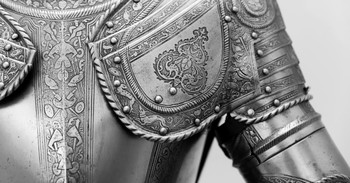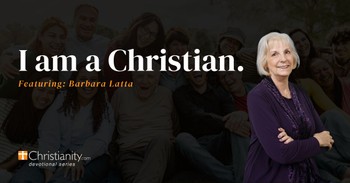
It was a historic moment in the old cathedral of Baltimore when Bishop John Carroll recited the words of ordination and the thirty-year-old man in front of him gave his replies. On this day, May 25, 1793, Stephen Theodore Badin became the first Roman Catholic priest ordained in the young United States of America.
Stephen, who was born in Orleans, France, came to the United States when his education was interrupted by the French Revolution. After his ordination, he spent a few months at Georgetown University to polish his English, then trudged on foot to Pittsburgh, Pennsylvania where he caught a flatboat down the Ohio River, bound for Kentucky. That winter, he said the first mass heard in that state when he led worship at the home of Denis McCarthy after walking 65 miles to Lexington.
For the next 26 years, Stephen rode up and down and across Kentucky. Much of that time he was the only priest in the whole state. Since the Catholic population was growing fast, his work continually grew. He virtually lived in the saddle. Historians estimate that he rode 100,000 miles on horseback to carry out his duties. In 1796, he was offered a job which would have relieved him of his hardships but did not waste time by replying. He acquired much land for the church.
The use of this lands became a point of controversy between Bishop Flaget and Stephen. Finally Stephen left the frontier and returned to Europe, believing that this would ease the dispute. He remained abroad for nine years, raising funds for the mission. On his return to America, he joined a mission in Michigan.
In 1830, he bought 524 acres of farmland near South Bend Indiana for $1.25 an acre. He planned to expand missionary work among the Pottowattamie Indians here, but they moved off. So on July 1, 1835, Stephen sold to Bishop Brute for $1.00, "all land... which he, the said S.T. Badin, owns within two miles of South Bend, on the east side of St. Joseph river, St. Joseph County, Indiana...the conditions of those transfers in such that the grantee above named or his heirs or assigns shall apply the said estate ... to the establishment of an orphan asylum or to such other religious, charitable, institution as they will judge more proper and beneficial to humanity and morality." The upshot was that the University of Notre Dame was erected on those acres.
Stephen returned to Kentucky where he held church positions. In his old age, he continued to travel about, although he had become eccentric. People overlooked it out of gratitude for his past services. Much of the time, he lived with the Archbishop of Cincinnati and he died in his house. His body remained in Cincinnati's Cathedral crypt for five decades until it was transferred to Notre Dame, where it was buried in a log cabin that was a replica of one he had constructed eighty years before on the site.
Bibliography:
- "About Father Stephen T. Badin." http://www.stephen-t- badin.cnd.pvt.k12.oh.us/ new/fatherbadin.htm
- "Badin, Stephen Theodore." Dictionary of American Biography.
- "Brother Aidan's Extracts." http://catholic.archives.nd.edu/ aidan/aidan064.htm
- Department of History, Indiana University-Purdue University Fort Wayne. "Pioneer Priests of Indiana: Stephen Theodore Badin." http://www.ipfw.edu/ipfwhist/cathchur/ badin.htm
- Maes, Camillus P. "Stephen Theodore Badin." The Catholic Encyclopedia. New York: Robert Appleton, 1914.
Last updated July, 2007


